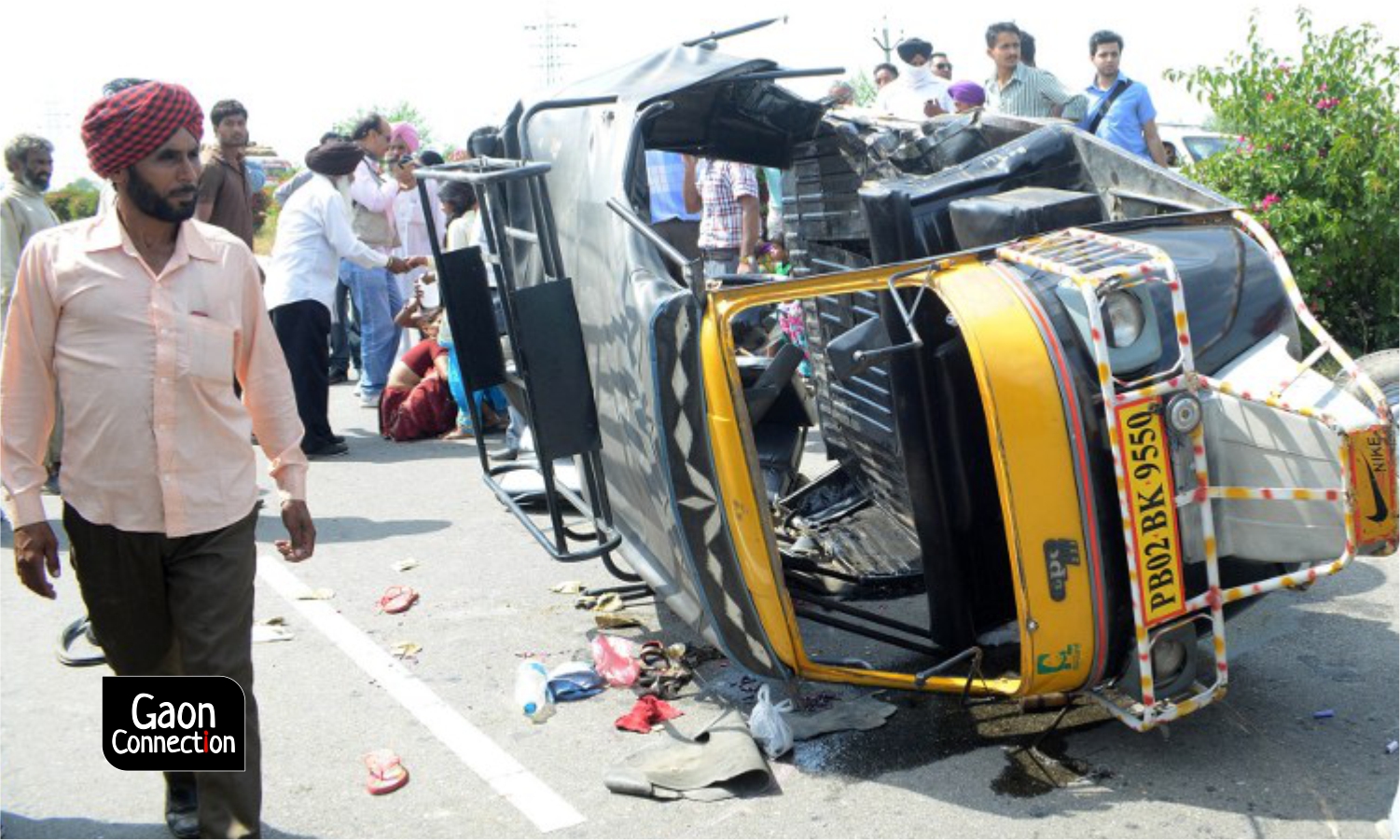The impact of a road accident on economically backward households is devastating for members of the family and pushes them into further poverty and debt. This was one of the key findings of a report by the World Bank, titled Traffic Crash Injuries and Disabilities: The Burden on Indian Society. The study revealed how more than 75 per cent of poor households in India reported a decline in their income as a result of a traffic crash. The financial loss for them amounted to the equivalent of more than seven month’s household income; in a richer household, the loss would be no more than that of a month’s income.
The study that was conducted in 2020, between May and July, showed that the incidence of fatality post-crash was higher among victims from low income households than those from high income households.
According to the report, released on February 13, as a consequence of road crashes between January 2005 and July 2019, 44 per cent of rural households reported at least one death as compared to 11.6 per cent of households in urban areas; 50 per cent of the women surveyed were severely affected by a decline in their household income; and none of the involved truck drivers was able to avail of cashless treatment at the hospital.
A multi-stage purposive sampling method was used to select the target respondents for this study. The key target groups included road crash victims/their family members who had undergone a serious injury or fatal crash, and truck drivers involved in a crash in the last 15 years (January 2005 – July 2019).
A large share of the deaths and injured reported were pedestrians and cyclists, mainly representing working age adults from the poorer strata of society. The risk of a victim undergoing disability after a crash was twice more likely among low income households in rural areas, noted the study.
“Road crashes can have a devastating and disproportionate impact on the poor, thrusting a family into deep poverty,” reiterated Hartwig Schafer, vice-president, South Asia region, World Bank.
Besides the financial impact of road crashes, there was also a social impact. About 64 per cent of low-income households reported a deterioration in their standard of living, and more than 50 per cent reported suffering depression, post-crash.
Road crashes claims more than 400 lives a day in India
As per the Ministry of Road Transport and Highways (2018), India has one per cent of the world’s vehicles but accounts for 11 per cent of all road accident deaths and six per cent of total road crashes. In the last decade alone, road crashes killed 1.3 million people, and injured over five million in the country.
A 2018 report by the World Health Organization shows India tops the world in road crash deaths with more than 400 deaths per day.
“We have taken a number of positive initiatives to reduce road crash deaths in India. With the support of all stakeholders in our society, I am committed to reducing road crash deaths by 50 per cent by 2025,” said Nitin Gadkari, minister, road transport and highways, and micro, small and medium enterprise.
“This report highlights the link between poverty and impact of road crashes. I urge all state governments to effectively implement the Motor Vehicles (Amendment) Act, 2019 and work together to mitigate the effects of road crashes on poor and disadvantaged sections of the population,” he added.
Women bear the brunt
The report also revealed the sharp rural-urban divide and the disproportionate impact of these crashes on women. The survey showed that the income decline for low-income rural households (56 per cent) was more severe when compared to low-income urban (29.5 per cent) and high-income rural households (39.5 per cent).
But, it was the women, across rich and poor households who bore the brunt of the impact. They were forced to take up extra work, assume greater responsibilities, and take on more caregiving responsibilities after a crash. About 40 per cent of women reported a change in their working patterns, post-crash, while around 11 per cent reported taking up extra work to deal with the financial crisis.
Few truck drivers aware of insurance and legal compensations
The report revealed how two thirds of the truck drivers surveyed were not aware of a third-party liability insurance. The truck drivers also displayed poor awareness about legal compensation and had low access to insurance coverage. None of the drivers had applied for, or benefited from cashless treatment at hospitals, Solatium Fund for hit and run cases, or ex-gratia schemes.
“The findings of the report identify the areas that require immediate improvements such as efforts towards post–crash emergency care and protocols, insurance and compensation systems,” said Piyush Tewari, CEO and founder of SaveLIFE Foundation, a national nonprofit focused on road safety. The study by the World Bank was done in collaboration with SaveLIFE Foundation.
The report recommended policy-oriented approaches for saving lives and improving the ability of victims and their families to get back on their feet. This included providing the families immediate financial, medical and legal aid.


















